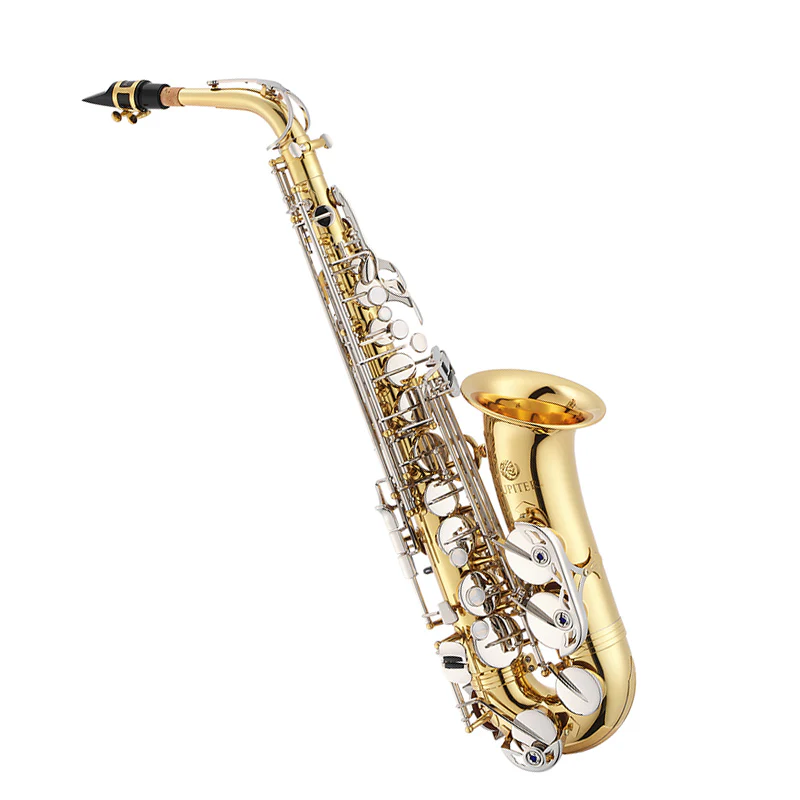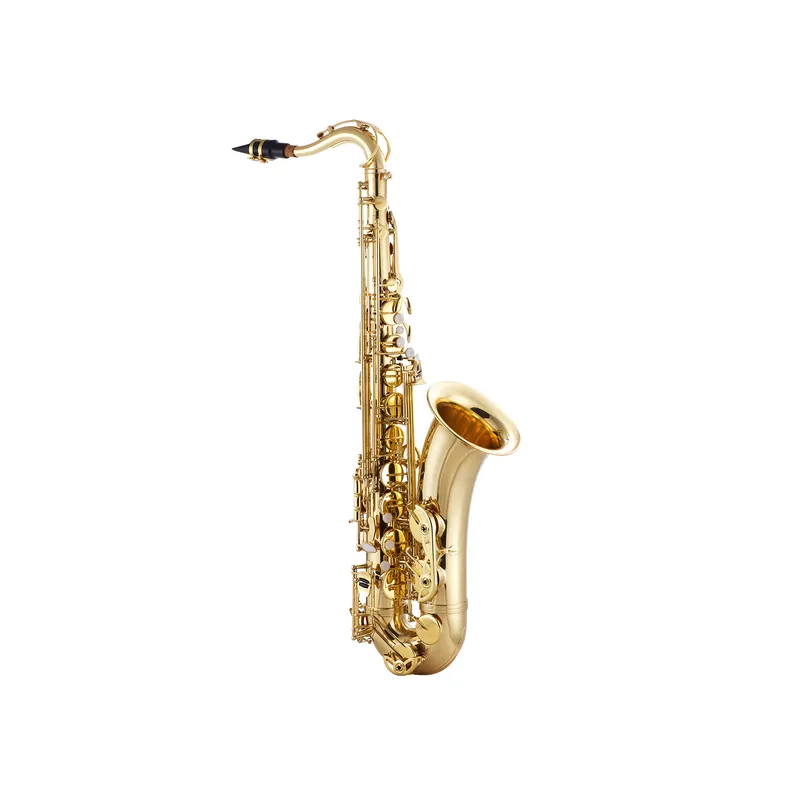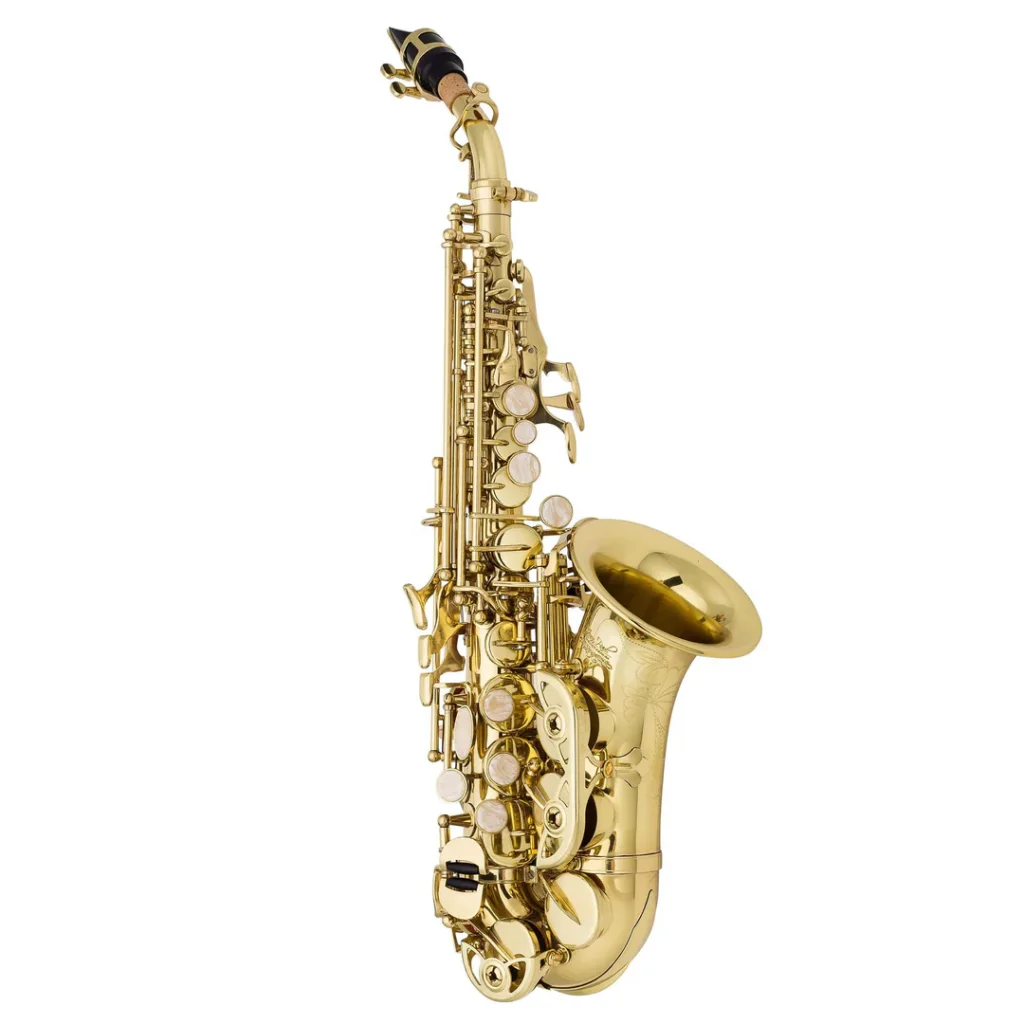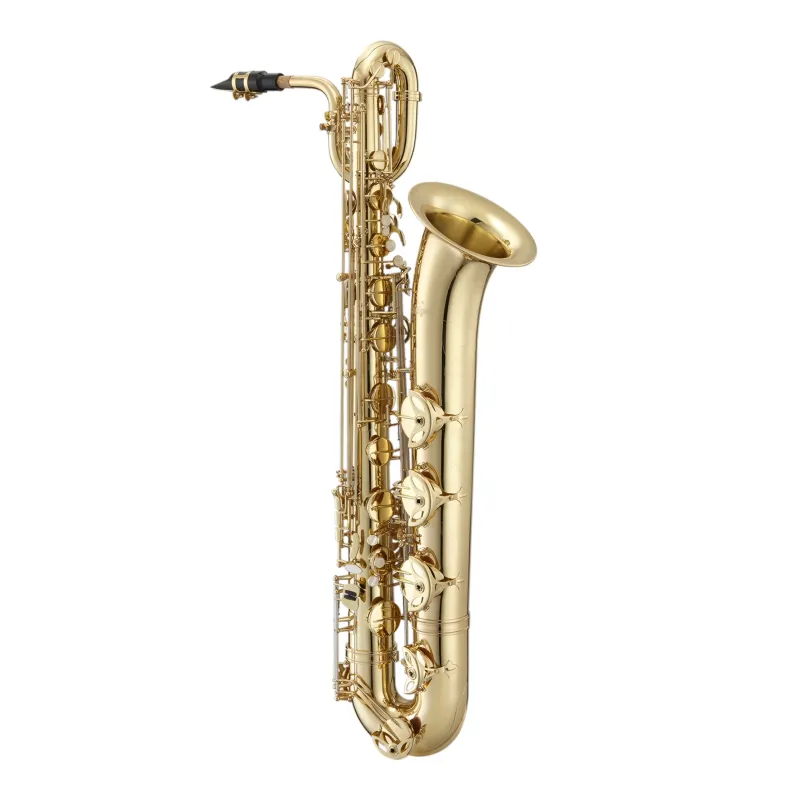Streszczenie
Choosing your first saxophone can feel overwhelming. With so many types, brands, and price ranges, beginners often struggle to find the right balance between quality and affordability. This guide explains everything you need to know before buying—from types of saxophones, beginner-friendly features, and pricing comparisons to expert advice on maintenance and learning tips. Whether you are a music school, a distributor, or an aspiring player, this article will help you confidently choose the best saxophone for beginners.
Kluczowe wnioski
- Alto saxophones are the best starting point for most beginners.
- Look for instruments with easy playability, durable buildoraz accurate intonation.
- Schools and distributors should consider bulk purchase options for consistent quality and pricing.
- Regular maintenance and proper storage greatly extend a saxophone’s lifespan.
- Trusted suppliers like BeatBulk provide various types of saxophones for wholesale and educational use.
Spis treści
- Why Choosing the Right Beginner Saxophone Matters
- Main Types of Saxophones Explained
- Which Saxophone Is Best for Beginners?
- Beginner Saxophone Comparison Table
- Features to Look for in a Beginner Saxophone
- Top Tips for Buying Your First Saxophone
- Saxophone Care and Maintenance for Beginners
- FAQs
- Wnioski
- Referencje
Why Choosing the Right Beginner Saxophone Matters
A saxophone is not just a musical instrument—it’s an investment in a student’s learning journey. The right saxophone helps beginners play with ease, stay motivated, and build proper technique.
A poor-quality or difficult-to-play saxophone can make learning frustrating and even lead to giving up early.
For music schools oraz distributors, selecting reliable beginner saxophones ensures student satisfaction, brand trust, and reduced maintenance costs.
Main Types of Saxophones Explained
Before deciding which one suits beginners best, it’s important to understand the different rodzaje saksofonów. Saxophones come in various sizes and ranges—each producing unique tones and serving different musical styles.
Saksofon altowy

- Zasięg: Medium pitch (E♭)
- Waga: Light and comfortable
- Najlepsze dla: Beginners and students
- Common in: Jazz, pop, and school bands
The alto saxophone is often the first choice for new players. Its size is manageable, and the tone is rich but easy to control. It also offers a wide range of affordable beginner models.
Saksofon tenorowy

- Zasięg: B♭
- Waga: Slightly heavier than alto
- Najlepsze dla: Intermediate and advanced learners
- Common in: Jazz and rock bands
The saksofon tenorowy has a deeper, fuller sound but requires more lung power. Beginners with good breath control can start on tenor, but most teachers still recommend starting with alto.
Saksofon sopranowy

- Zasięg: B♭ (higher pitch)
- Waga: Light but requires precision
- Najlepsze dla: Advanced players
- Common in: Classical and solo performances
The saksofon sopranowy looks elegant but is harder to tune. The smaller mouthpiece demands better embouchure control, making it less suitable for absolute beginners.
Saksofon barytonowy

- Zasięg: E♭ (lowest pitch)
- Waga: Very heavy
- Najlepsze dla: Experienced musicians
- Common in: Jazz ensembles and orchestras
The saksofon barytonowy produces a deep, powerful sound, but it is large and expensive. It’s not ideal for students due to its weight and maintenance requirements.
Which Saxophone Is Best for Beginners?
When it comes to the best saxophone for beginners, the answer is almost always the Saksofon altowy.
Here’s why:
- It’s lightweight and easy to hold.
- It requires less air support than tenor or baritone.
- Notes are easier to control, and intonation is stable.
- Affordable beginner models are widely available.
For students aged 10 and above, or adults starting from scratch, the E♭ alto saxophone provides the smoothest learning curve.
Music schools also prefer alto saxophones for group lessons because of their consistent tone and moderate cost.
Beginner Saxophone Comparison
| Saxophone Type | Boisko | Waga | Difficulty | Idealny dla | Average Price Range |
|---|---|---|---|---|---|
| Saksofon altowy | E♭ | Light | Easy | Początkujący, Studenci | $300–$1,000 |
| Saksofon tenorowy | B♭ | Średni | Średni | Intermediate Learners | $500–$1,500 |
| Saksofon sopranowy | B♭ | Light | Hard | Advanced Players | $600–$2,000 |
| Saksofon barytonowy | E♭ | Heavy | Very Hard | Professionals | $1,500–$5,000+ |
Features to Look for in a Beginner Saxophone
A beginner-friendly saxophone should balance durability, comfort, and playability. Here are the main factors to check:
1. Material and Finish
Most saxophones are made of brass. A lacquer or gold finish provides both beauty and protection. Avoid overly decorative models—focus on build quality.
2. Key Layout
Ergonomic keys help new players reach every note easily. Make sure the keys are not too stiff or too loose.
3. Ustnik
A good-quality mouthpiece improves tone and makes blowing easier. For beginners, a standard 4C or 5C mouthpiece is a great choice.
4. Pads and Springs
Check that pads seal properly and springs respond smoothly. Leaky pads cause tuning problems and can discourage learners.
5. Accessories
Look for starter kits that include a neck strap, cleaning cloth, reeds, and a case. These add convenience and save money.
6. Warranty and After-Sales Support
Wholesale suppliers should provide service guarantees and spare parts, especially for schools purchasing in bulk.
Top Tips for Buying Your First Saxophone
Tip 1: Choose Reputable Brands or Reliable Suppliers
Buying from trusted manufacturers or wholesalers ensures quality consistency and proper tuning.
At BeatBulk, you can find a full range of Rodzaje saksofonów that meet global quality standards.
Tip 2: Avoid Cheap Unknown Models
Extremely low-cost saxophones often have poor keywork, inconsistent tuning, and short lifespans. They may cost more to repair than to replace.
Tip 3: Try Before You Buy (If Possible)
Play-testing helps assess comfort, sound, and weight. For schools or distributors, ordering a sample before a bulk purchase is wise.
Tip 4: Consider Student Models
Student or beginner saxophones are lighter and designed for easy sound production. Brands typically label them as “Student,” “Beginner,” or “Entry-Level.”
Tip 5: Check Online Reviews
Before finalizing a purchase, check other musicians’ feedback and test reports for the same model.
Saxophone Care and Maintenance for Beginners
A well-maintained saxophone can last for many years, even decades. Teaching beginners good habits early ensures long-term satisfaction.
Daily Maintenance
- Wipe the body with a soft cloth after each use.
- Use a swab to clean moisture from the inside.
- Avoid touching pads with fingers.
Weekly Maintenance
- Check screws and rods for looseness.
- Clean the mouthpiece with warm (not hot) water.
Storage Tips
- Store in a hard case when not in use.
- Keep away from high heat or humidity.
- Use silica gel to prevent moisture damage.
Music schools should schedule regular instrument inspections every semester.
FAQs
1. What saxophone should a 10-year-old beginner start with?
An Alto Saxophone is the best choice due to its lightweight and manageable air requirements.
2. Are plastic saxophones good for beginners?
Plastic or ABS saxophones are lightweight and durable but may not match the tone quality of brass instruments.
3. How much should I spend on a beginner saxophone?
A reliable beginner saxophone typically costs between $300 and $1,000, depending on brand and build.
4. Should I buy new or used?
New instruments offer warranties and consistent quality. Used ones may need repair or pad replacement.
5. Can I use the same reed for all saxophones?
No. Each saxophone type (alto, tenor, soprano) requires its own reed size.
Wnioski
The best saxophone for beginners is the Alto saxophone—offering the ideal balance of comfort, tone, and affordability. It’s perfect for schools, distributors, and individuals beginning their musical journey.
Whether you’re building a student music program or expanding your wholesale catalog, choosing reliable suppliers and high-quality instruments ensures long-term satisfaction and success.
By understanding the rodzaje saksofonów and focusing on playability, you can help every new musician start strong and stay inspired.
Looking to source quality beginner saxophones at competitive wholesale prices?
Visit BeatBulk’s Saxophone Collection to explore various models and types of saxophones designed for schools, bands, and retailers.
🎵 Start your music journey or business expansion with reliable instruments that sound as good as they look.
Referencje
- Yamaha Music USA – Saxophone Buying Guide
- Conn-Selmer Education Network – Beginner Instrument Recommendations
- Vandoren Woodwinds – Mouthpiece and Reed Guide
- Berklee College of Music – Saxophone Maintenance Tips
- BeatBulk Wind Instruments – Product Information







